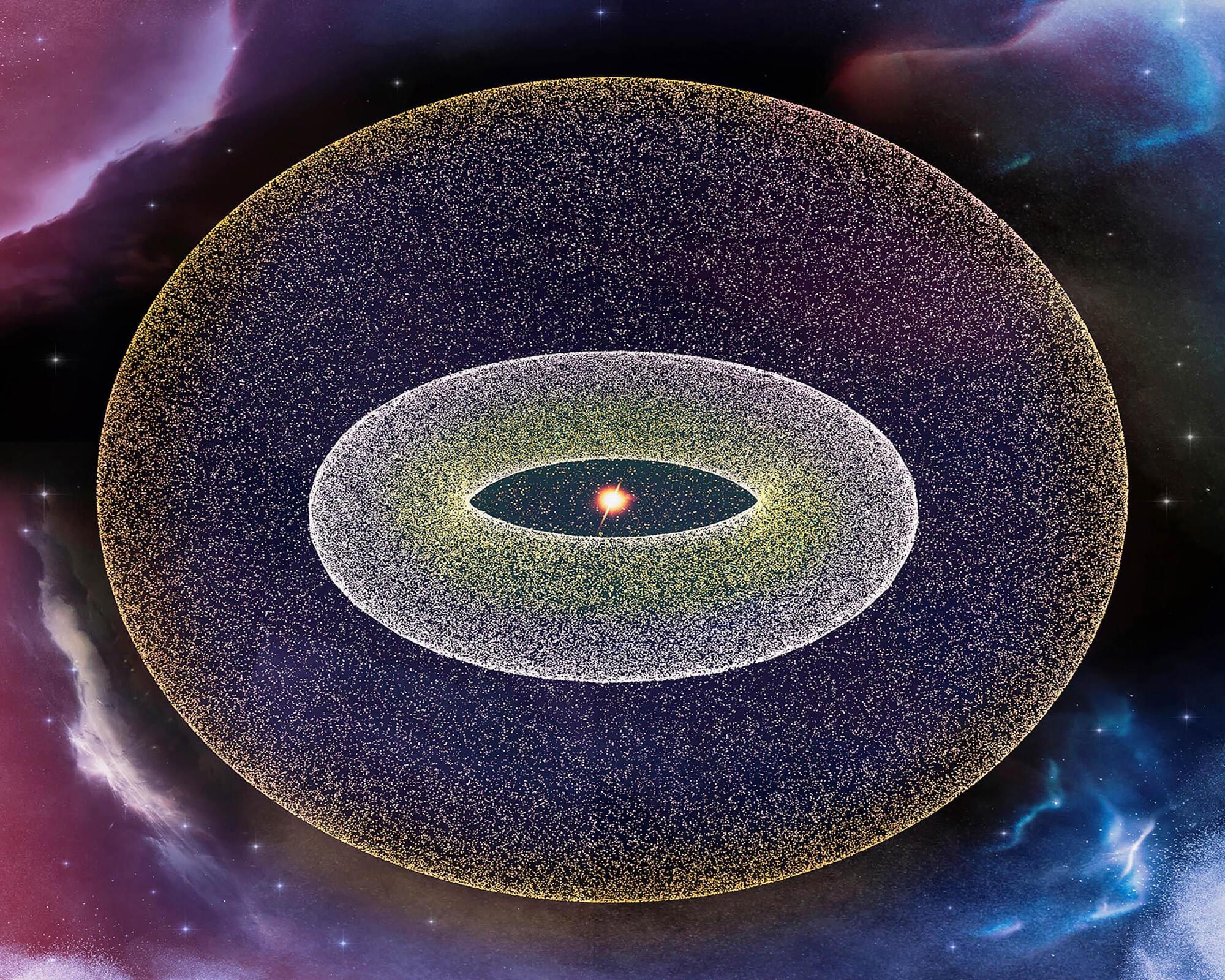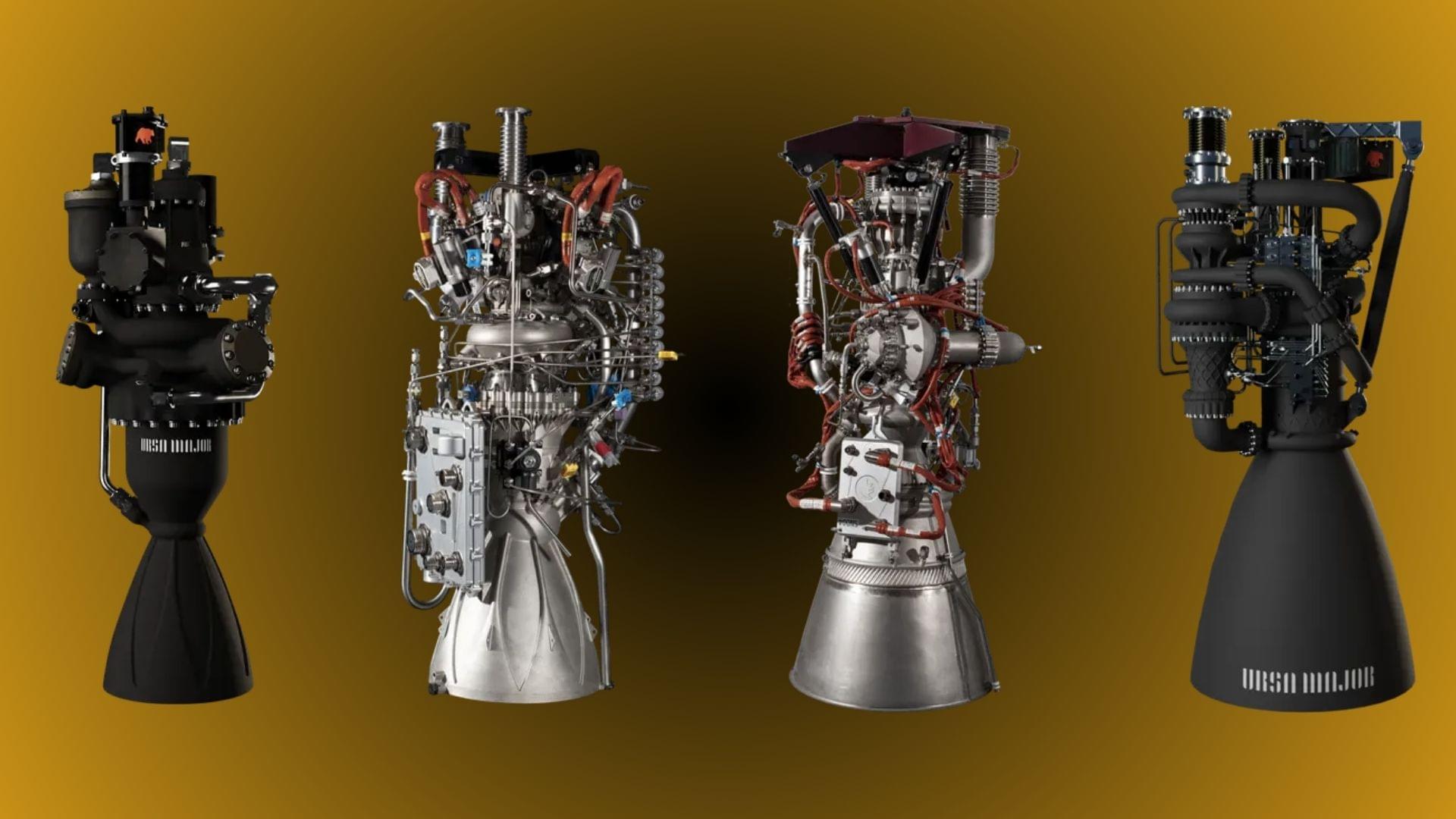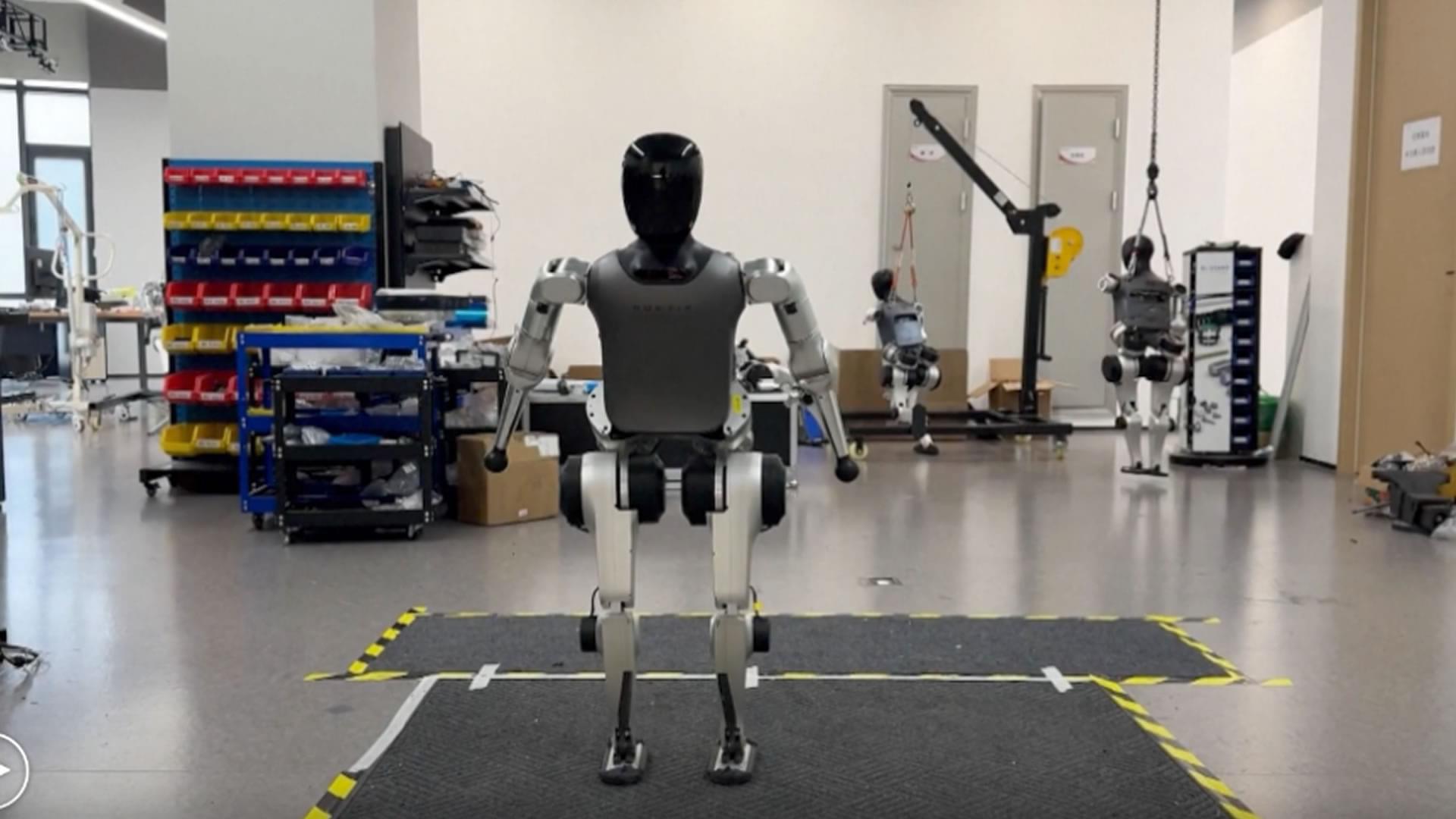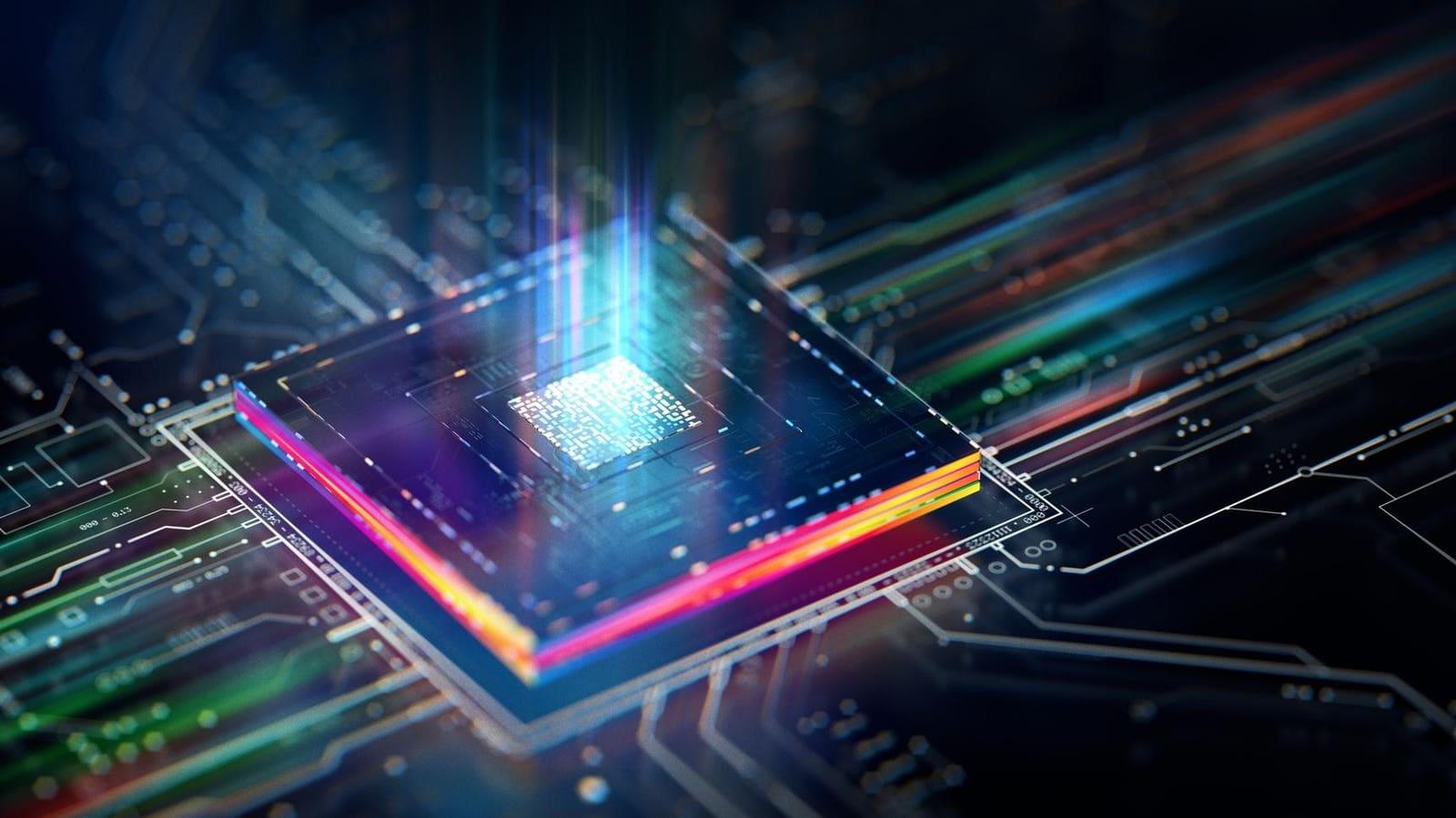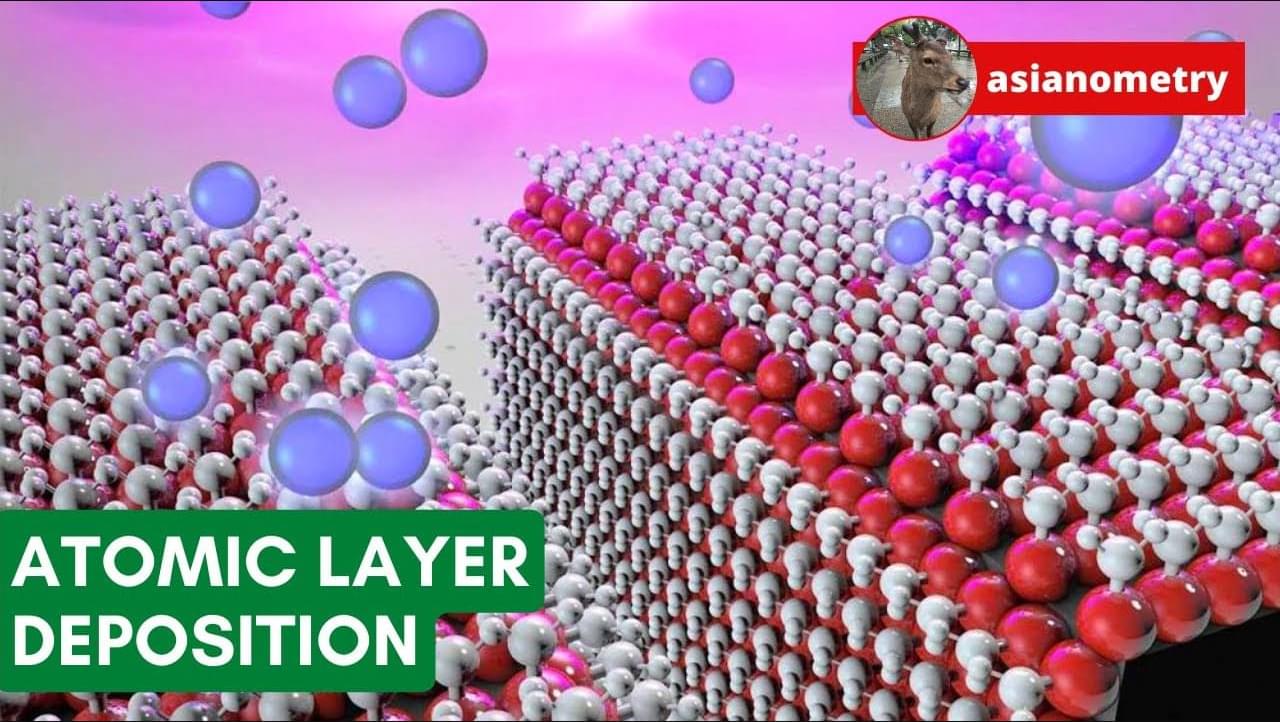A Stanford study shows that electrical charges in sprays of water can cause chemical reactions that form organic molecules from inorganic materials. The findings provide evidence that microlightning may have helped create the building blocks necessary for early life on the planet.
NTU Singapore’s solar-powered process converts sewage sludge into clean energy and animal feed, reducing waste and carbon emissions while improving resource recovery.
Scientists at Nanyang Technological University, Singapore (NTU Singapore), have developed a groundbreaking solar-powered process to convert sewage sludge—a by-product of wastewater treatment—into green hydrogen for clean energy and single-cell protein for animal feed.
Published in Nature Water, this innovative sludge-to-food-and-fuel method addresses two critical global challenges: waste management and sustainable resource generation. It also aligns with NTU’s commitment to tackling major issues like climate change and environmental sustainability.
Lockheed Martin has secured a contract from the U.S. Department of Defense’s Innovation Unit (DIU) to develop a quantum-enabled Inertial Navigation System (INS) prototype.
This new technology, named QuINS, aims to redefine navigation capabilities for military operations by providing accurate location data even in areas where GPS signals are unreliable or unavailable.
QuINS employs quantum sensing technology to enhance navigation and positioning.
The spiral pattern is about 15,000 astronomical units wide, or around 1.4 trillion miles from one end to the other. It also appears to have a tilt of roughly 30 degrees relative to the usual plane of our Solar System.
That tilt and the elongated swirl may trace back to the galaxy’s own gravitational pulling, which could have twisted and shaped the inner Oort Cloud soon after the Solar System’s birth.
The simulations suggest that, early in the Solar System’s history, bits of icy debris were scattered and then gradually coaxed into a spiral alignment in the Oort Cloud by galactic forces.
A fresh deal is expected to streamline and speed up production of hypersonic, solid rocket motors in the United States. Ursa Major, a Colorado-based firm has partnered with Palantir to use the latter’s Warp Speed manufacturing OS technology.
The advanced software is expected to streamline Ursa Major’s rocket propulsion manufacturing process.
It can also be the company’s digital backbone to deliver innovative, cost-effective, and mission critical hardware using advanced manufacturing methods at higher and faster rates.
Scientists from the Beijing-based NOETIX Robotics have developed a new meter-tall humanoid robot that is capable of performing near-perfect continuous backflips. Called the NOETIX N2, this 4.2 foot tall robot features innovative hardware to ensure stability while performing the feat.
According to Jiang Zheyuan, technical leader of the development team, performing a backflip is harder compared to a frontflip as human feet are longer in the front. To enable the robot’s backflip action faultlessly, the team came up with innovative hardware designs to ensure the robot’s stability. For example, the heavy joints of the humanoid’s limbs are placed closer to its crotch to make it easier to rotate in the air.
The race toward scalable quantum computing has reached a pivotal moment, with major players like Microsoft, Google, and IBM pushing forward with breakthroughs. Microsoft’s recent announcement of its Majorana 1 chip marks a significant milestone, while Google’s Willow chip and IBM’s long-term quantum roadmap illustrate the industry’s diverse approaches to achieving fault-tolerant quantum systems. As the quantum computing industry debates the timeline for practical implementation, breakthroughs like Majorana 1 and Willow suggest that major advancements may be closer than previously thought. At the same time, skepticism remains, with industry leaders such as Nvidia CEO Jensen Huang cautioning that meaningful commercial quantum applications could still be decades away.
Microsoft is redefining quantum computing with its new Majorana 1 chip, a significant breakthrough in the pursuit of scalable and fault-tolerant quantum systems. This quantum processor is built on a novel topological architecture that integrates Majorana particles, exotic quantum states that enhance qubit stability and reduce errors. Unlike conventional qubit technologies, which require extensive error correction, Microsoft’s approach aims to build fault tolerance directly into the hardware, significantly improving the feasibility of large-scale quantum computing. Satya Nadella, Microsoft’s CEO, highlighted the significance of this milestone in his LinkedIn post, We’ve created an entirely new state of matter, powered by a new class of materials, topoconductors. This fundamental leap in computing enables the first quantum processing unit built on a topological core.
While many experts in the quantum industry are concerned about the hype surrounding the technology, some are suggesting quantum tech might not be hyped enough. According to one respected deep-tech investor, quantum computing is still underestimated and is only a few years away from commercial use.
Karthee Madasamy, founder of Silicon Valley venture fund MFV Partners, told Nikkei Asia he sees strong momentum in quantum computing, likening it to how ChatGPT surprised the world.
“People are going to underestimate [quantum computing] … It’s like ChatGPT,” he told Nikkei Asia. “Until ChatGPT, nobody was thinking about natural language … Now everybody’s like, ‘It’s going to kill this world.’”
Investor sees sector as ‘underestimated,’ has potential to break AI bottleneck.
Karthee Madasamy, founder of Silicon Valley venture fund MFV Partners, told Nikkei Asia that quantum computing is closer to reality than many people may think. (Photo by Ryohtaroh Satoh)
Links:
- The Asianometry Newsletter: https://asianometry.substack.com.
- Patreon: https://www.patreon.com/Asianometry.
- Twitter: https://twitter.com/asianometry.
Errata:
11:30 — Tantalum for copper is not a dielectric. Thanks to Patreon Tanj for the correction.



